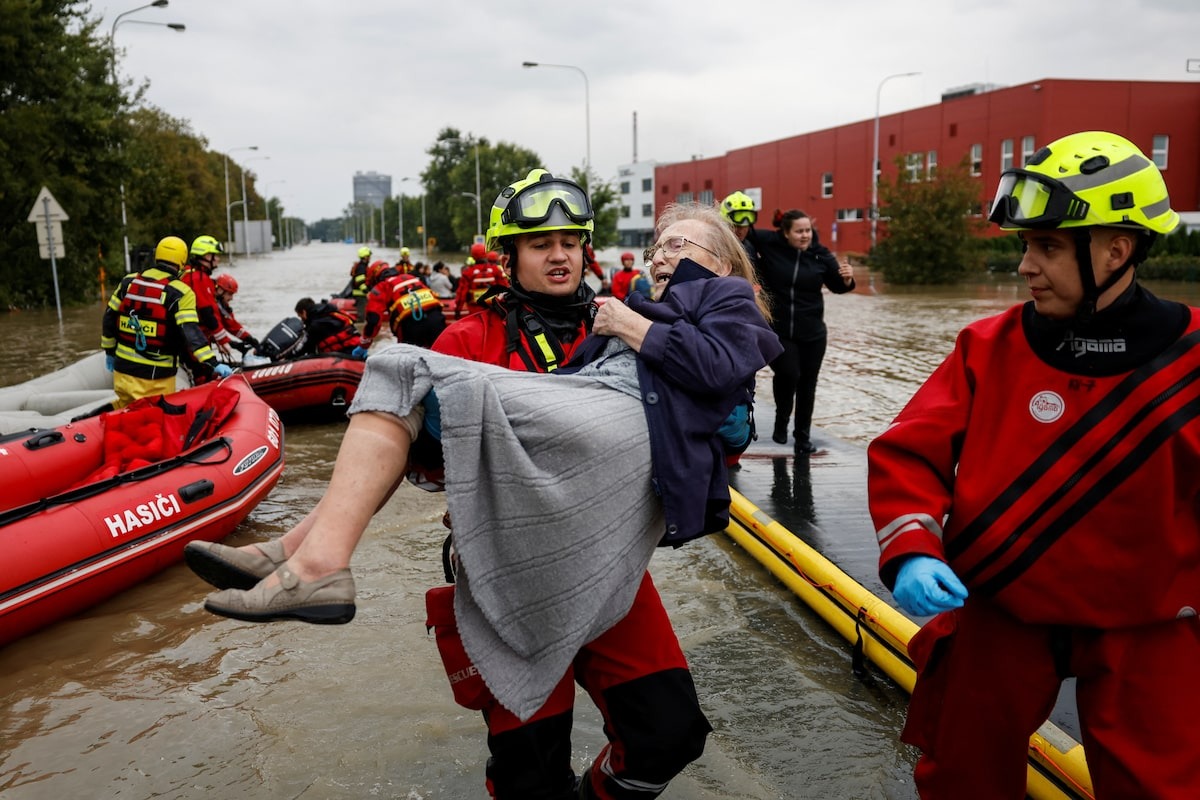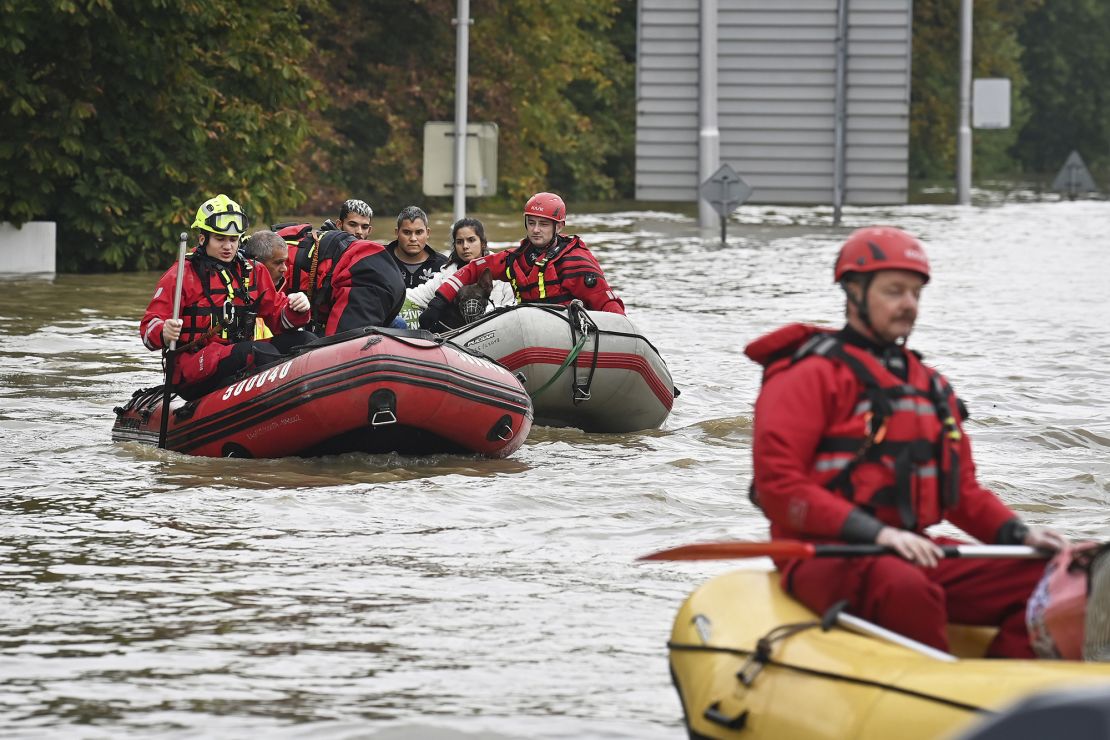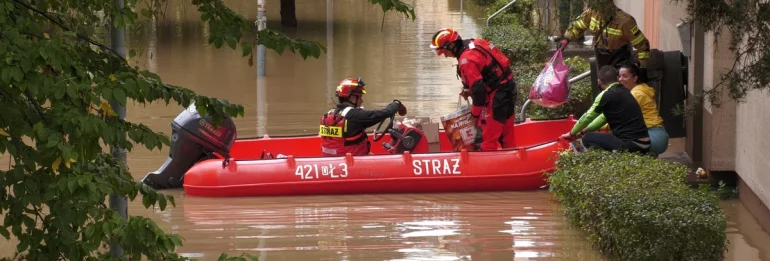Devastating floods that have inundated vast areas after heavy rains are a direct result of climate change. "Charming towns in central Europe were left under layers of dirty water as sudden downpours over the weekend turned peaceful streams into raging torrents, causing widespread damage to infrastructure," The Guardian reports.
Catastrophic floods from Austria to Romania: How global warming is increasing extreme rainfall
Floods from Austria to Romania have killed at least 15 people and destroyed numerous buildings. The catastrophic events come as massive floods have swept across the globe in the past week. In Myanmar, entire villages were submerged, while in Nigeria, floods caused a prison to collapse, escaping nearly 300 inmates, affecting more than 1 million people.
Climate scientists are worried about the damage but are not surprised by the scale of the disaster. Joyce Kimutai, from the Grantham Institute at Imperial College London, said: "These devastating rainfalls that have swept across central Europe are entirely consistent with climate change predictions." She added that the tragic loss and destruction in Africa and Europe highlights how seriously climate change is affecting our world.
Experts are cautious about linking extreme rainfall to human activity because the water cycle is dependent on many variables. While it is known that warmer air can hold more moisture, and the intensity of rainfall is partly determined by how much water is already in the atmosphere, the exact impact of various factors remains a subject of research.

Sonja Seneviratne from ETH Zürich explained that a detailed study of recent floods in Central Europe found that significant amounts of water vapor came from the Black Sea and the Mediterranean Sea. These waters have become warmer due to human influence on the climate, leading to increased evaporation and, as a result, heavier precipitation.
"Every 1 degree Celsius increase in temperature increases the intensity of heavy rainfall by an average of 7%. Given current global warming of 1.2 degrees, this means that the intensity of heavy rainfall has increased by 8%," she explained. The data analysis shows that since 1950, Germany, Poland, Austria, the Czech Republic, Hungary and Slovakia have seen a significant increase in precipitation in September.
From flooded bridges to evacuations: how Europe's climate disasters highlight the challenges of climate change
In Poland, devastating floods damaged bridges and swept away residential buildings, helicopters carried out rescue evacuations of people trapped in flooded areas in the Czech Republic, and a firefighter died during rescue operations in Austria, according to press reports. In Vienna, which has hosted Europe's largest climate conference since 2005, heavy rains flooded roads and disrupted subway service.
ETH Zürich climate scientist Erich Fischer said that at previous conferences, scientists had discussed how climate change was increasing the intensity of precipitation in the regions around the New Danube. "It is ironic to see how these same places where we used to enjoy sunny days and discuss the nature of extreme precipitation are now flooded," the expert stressed.

The number of flood victims is largely determined by how prepared people are for rain and how well they can respond to its impacts. Experts urge governments to focus on improving adaptation to extreme weather conditions by implementing early warning systems, strengthening infrastructure and refusing to use fossil fuels. “No country, not even the most developed, is immune to the effects of climate change. As long as humanity continues to use oil, gas and coal, heavy rainfall and other extreme weather events will intensify, making the Earth increasingly risky and expensive to live in,” warned Friederike Otto, a climate scientist at the Grantham Institute.

